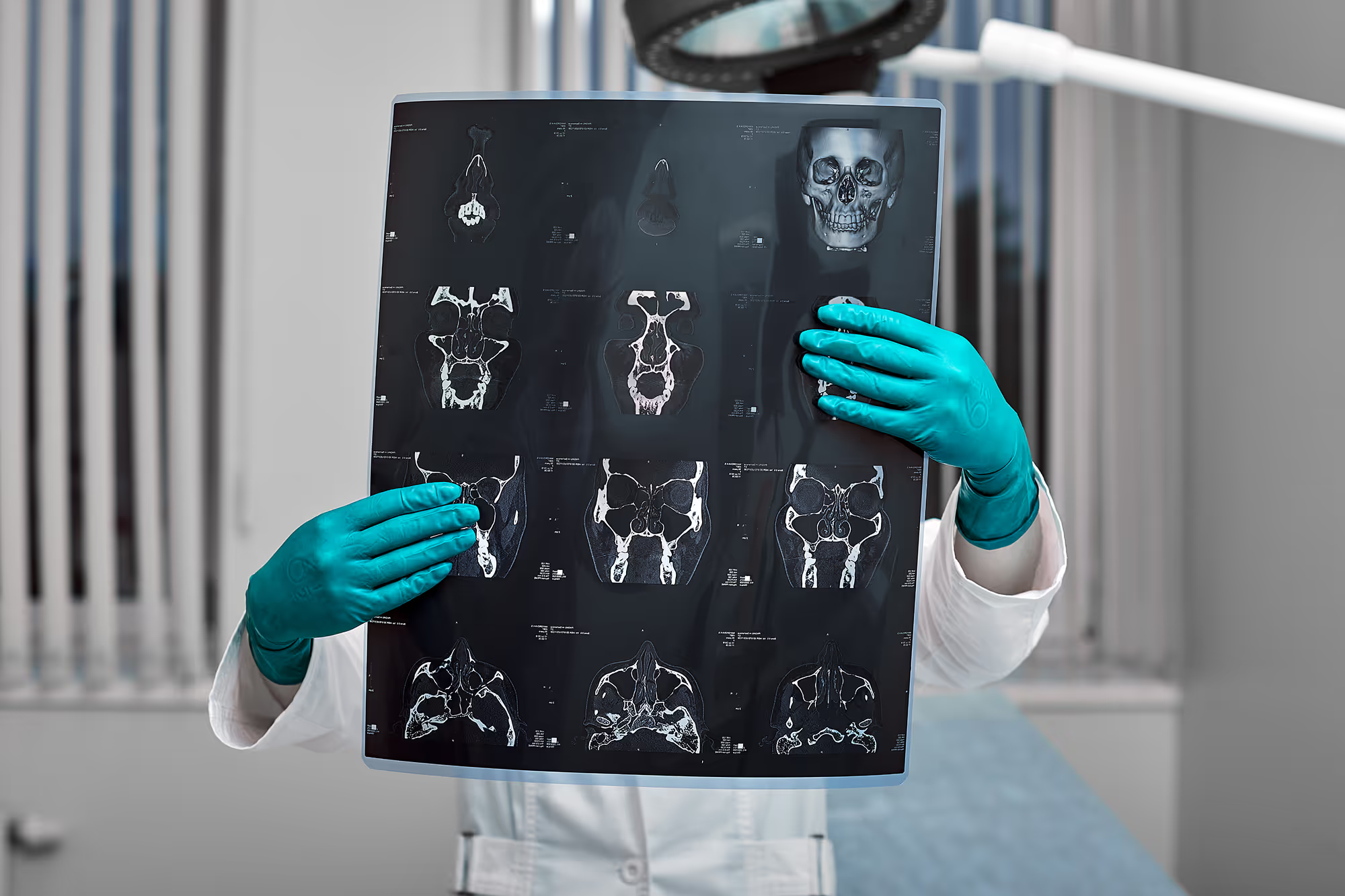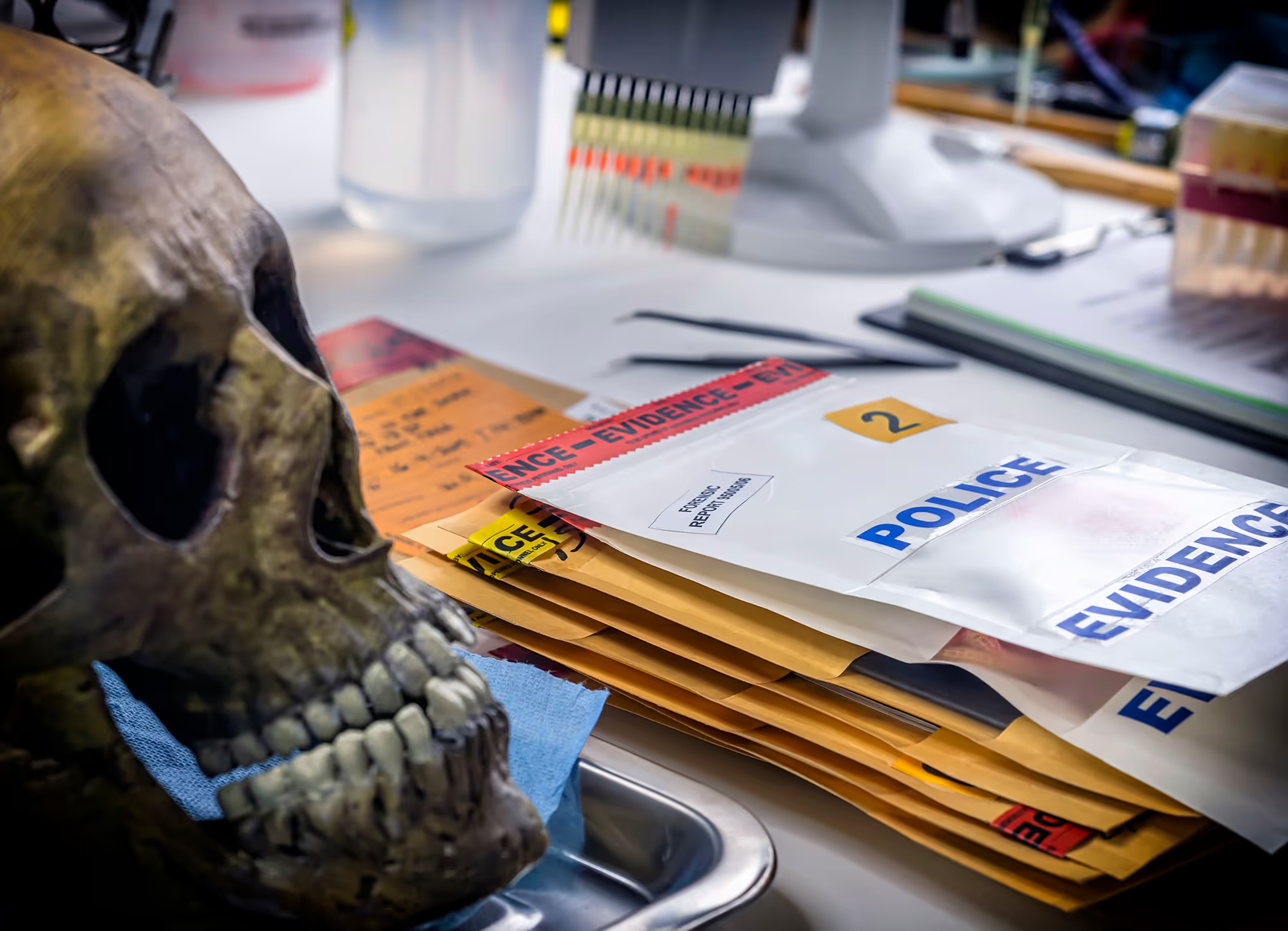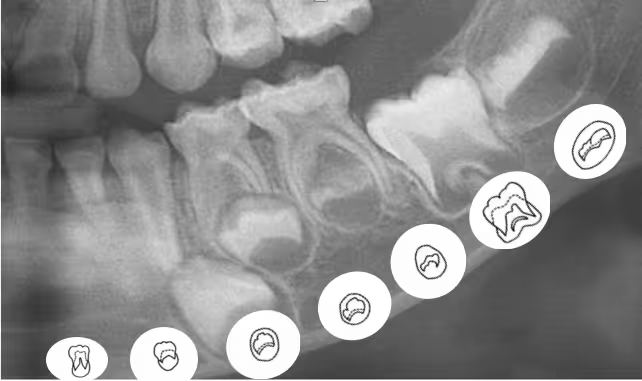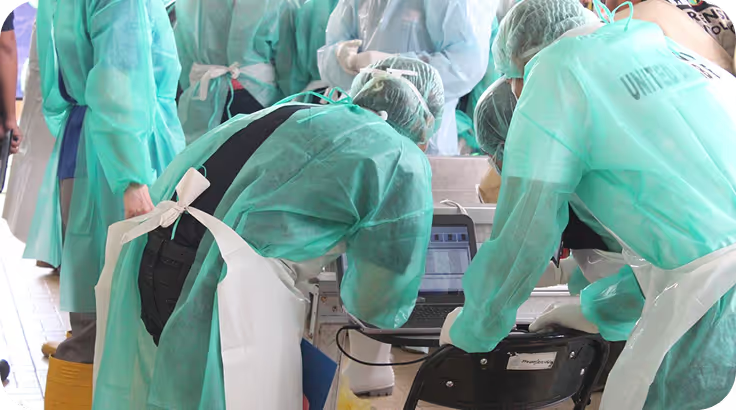From Scalpel to Scanner: Conventional vs. Virtual Autopsy in Forensic Odontology

Introduction
Conventional Autopsy in Forensic Odontology
Dental identification plays a crucial role in various legal, social, and humanitarian contexts. Its value lies in several key attributes:In conventional autopsy, forensic odontologists access the oral cavity via facial dissection to examine dentition, take radiographs, and document dental structures. In mass disaster scenarios, where many victims must be identified quickly, jaw resection may be performed to expedite examination.
Advantages:
- Direct access to anatomical features
- High diagnostic accuracy through physical examination and dissection
Challenges:
- Considered invasive, especially by families with religious or cultural sensitivities
- Irreversible procedures
- Potential for biohazard exposure
Rise of the Virtual Autopsy (Virtopsy)
The virtual autopsy uses 3D surface scanning, CT (Computed Tomography), and MRI (Magnetic Resonance Imaging) to digitally examine the body, both externally and internally, without physical incisions. These scans are stored and can be accessed repeatedly for later analysis.
Benefits of Virtopsy:
- Non-invasive: Avoids ethical or religious objections to cutting
- High-resolution data captured in under one minute
- Touchless examination reduces the risk of disease transmission
- Reusable digital models enable peer review and future reanalysis
Limitations:
- The complete setup involves a high cost, often exceeding $1.2 million.
- Specialized training required
- Not yet fully validated for routine use in all forensic contexts
Diagnostic Power in Trauma and Identification
Studies have shown that virtual autopsy can visualize fracture systems, crushing injuries, and gunshot wound trajectories using 3D reconstructions. For example:
- CT scans can reveal outward-beveling fractures in skull bones, indicating the direction of a bullet
- MRI can detect soft tissue hemorrhage, helping determine if a victim was alive at the moment of injury
- These capabilities support both cause-of-death investigation and victim identification
Digital Dental Radiology Powered by Dental ID
Digital dental radiology is becoming a cornerstone of modern forensic practice, bridging the gap between traditional autopsy techniques and advanced imaging technologies. In cases where full dental autopsy is restricted by cultural, legal, or logistical limitations, handheld digital X-ray units offer a fast, portable, and non-invasive alternative.
Key benefits:
• Portable – Ideal for disaster zones and mobile forensic teams
• Fast – Provides instant, high-resolution images
• Low Radiation – Safer than traditional film-based methods
• Integrated with Dental ID – Radiographic images can be uploaded directly into the Dental ID platform for structured age estimation and identification workflows
While conventional autopsy remains a foundational approach, digital imaging is redefining how postmortem examinations are performed. As these tools become more accessible, they are no longer optional—they are essential. By combining digital radiology with the intelligent analysis capabilities of Dental ID, forensic teams can achieve faster, more ethical, and scientifically robust identifications, both in the field and clinical environments.





















